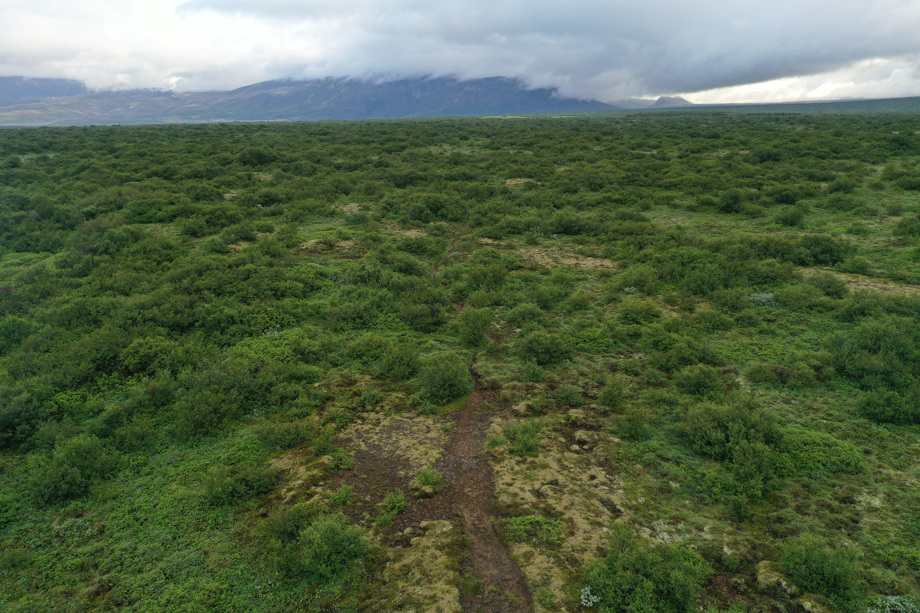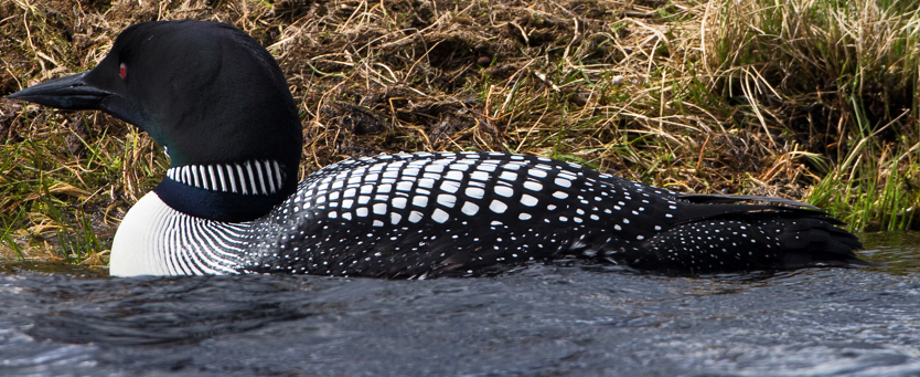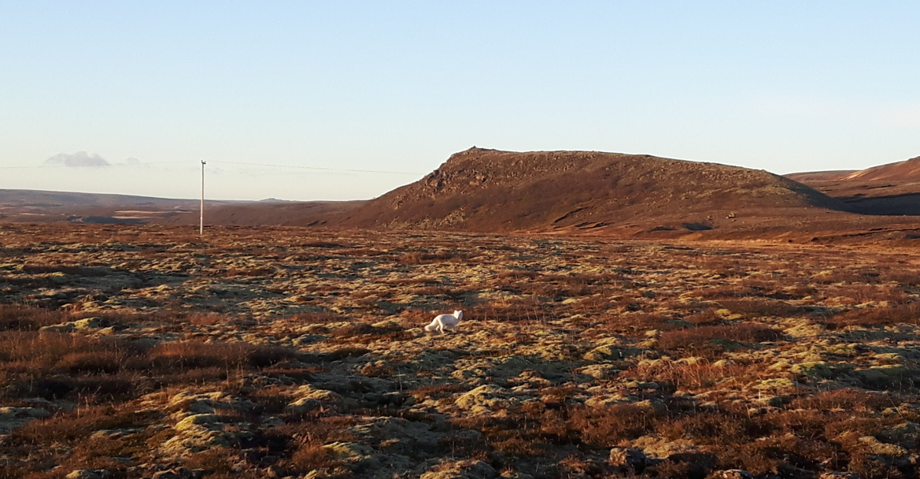Birch woodland is characteristic of the Þingvellir area, indicated by the original name of the area in Icelandic: Bláskógar (literally "Blue Woods").
In the National Park, 172 species of higher plants have been found, or about 40% of the Icelandic flora, so variety is not wanting. Birch, along with willow, plants of the heath family, and dwarf birch, transform the appearance of Þingvellir in autumn, and many make their way there to enjoy the beauty of its pastel colours.

Birch (Betula pubescens) is the main tree to be found in rift valley´s forest. Though is it´s cousin dwarf birch (Betula nana) widely found. Several different types of willow (Salix) is also spread through in bushes.
Lake Þingvallavatn is particularly deep and thus does not attract as many waterfowl as do shallower lakes such as Lake Mývatn. Generally, 52 bird species live by the lake, while 30 others come and go. The most famous bird is thegreat northern diver, which nests in a few places by the lake. It's grouchy and protects its territory energetically.
Iceland is the easternmost point for the great northern diver, which has its roots in North America.
Other migrant birds from North America are barrow';s goldeneye and the harlequin duck. White-tailed eagles nested on the slopes ofDráttarhlíð and in mount Arnarfell ("Eagle Mountain") olden times, but are rarely seen now.

The Common Loon (Gavia immer) can be seen from the shores at lake Þingvallavatn.
Þingvellir National Park / Gagarín
Fox sneaks around hillocks and high spots. It has shared the countryside with humans since the settlement and can be found by Lake Þingvallavatn, as well as elsewhere in Iceland.
The newest resident of Lake Þingvallavatn is probably the mink, which was first brought to Iceland in 1931 for its fur. Soon afterwards, a few mink escaped from their cages, and now mink can be found everywhere around the country. Like so many other creatures, the mink thrives at Þingvallavatn and can often be seen by the shoreline of the lake.

Arctic fox caught on phone in the autumn. It´s white fur rather visible in the autumn colors.
Þingvellir National Park